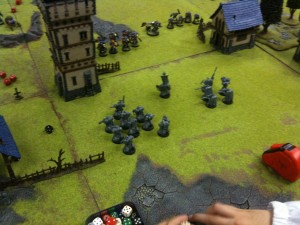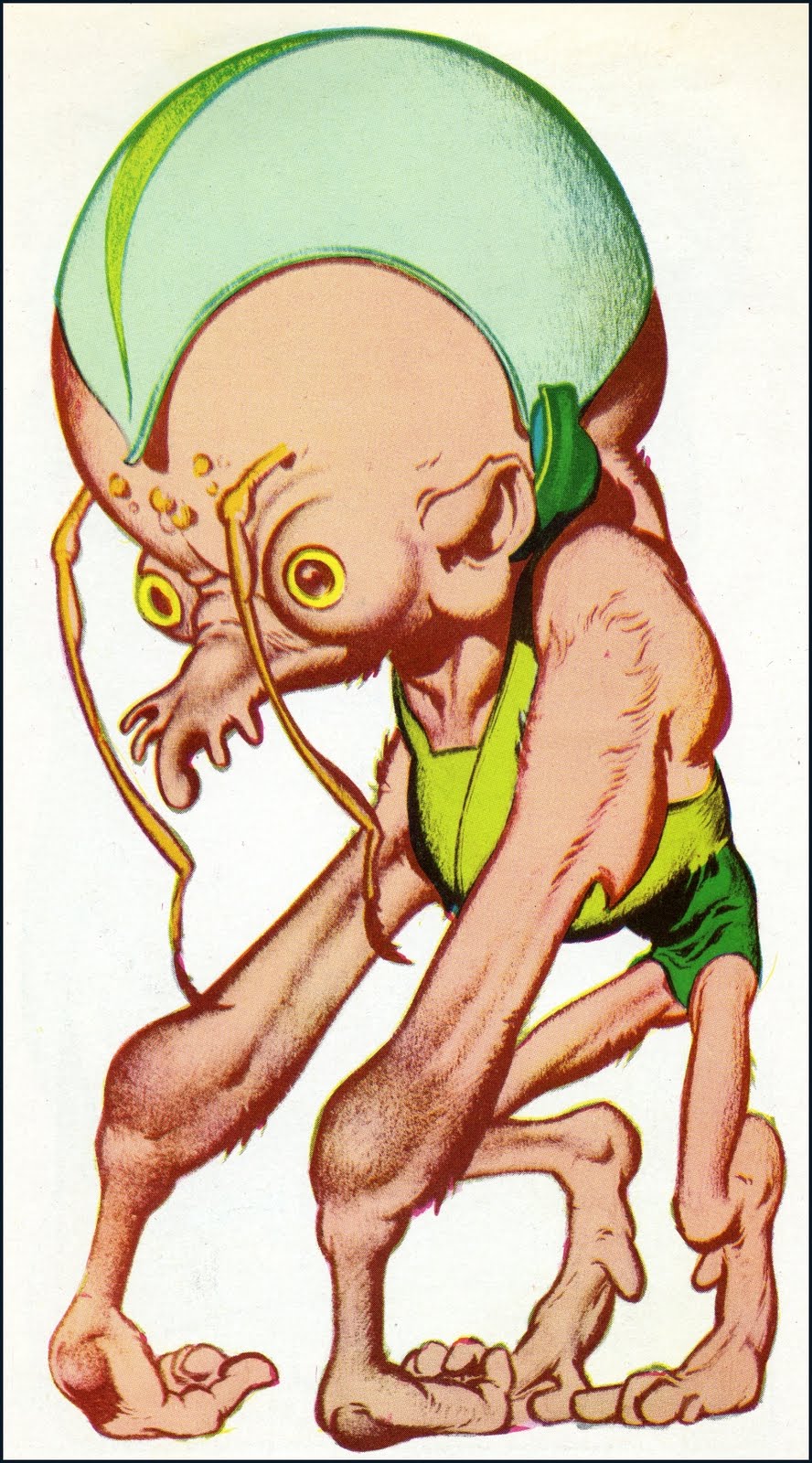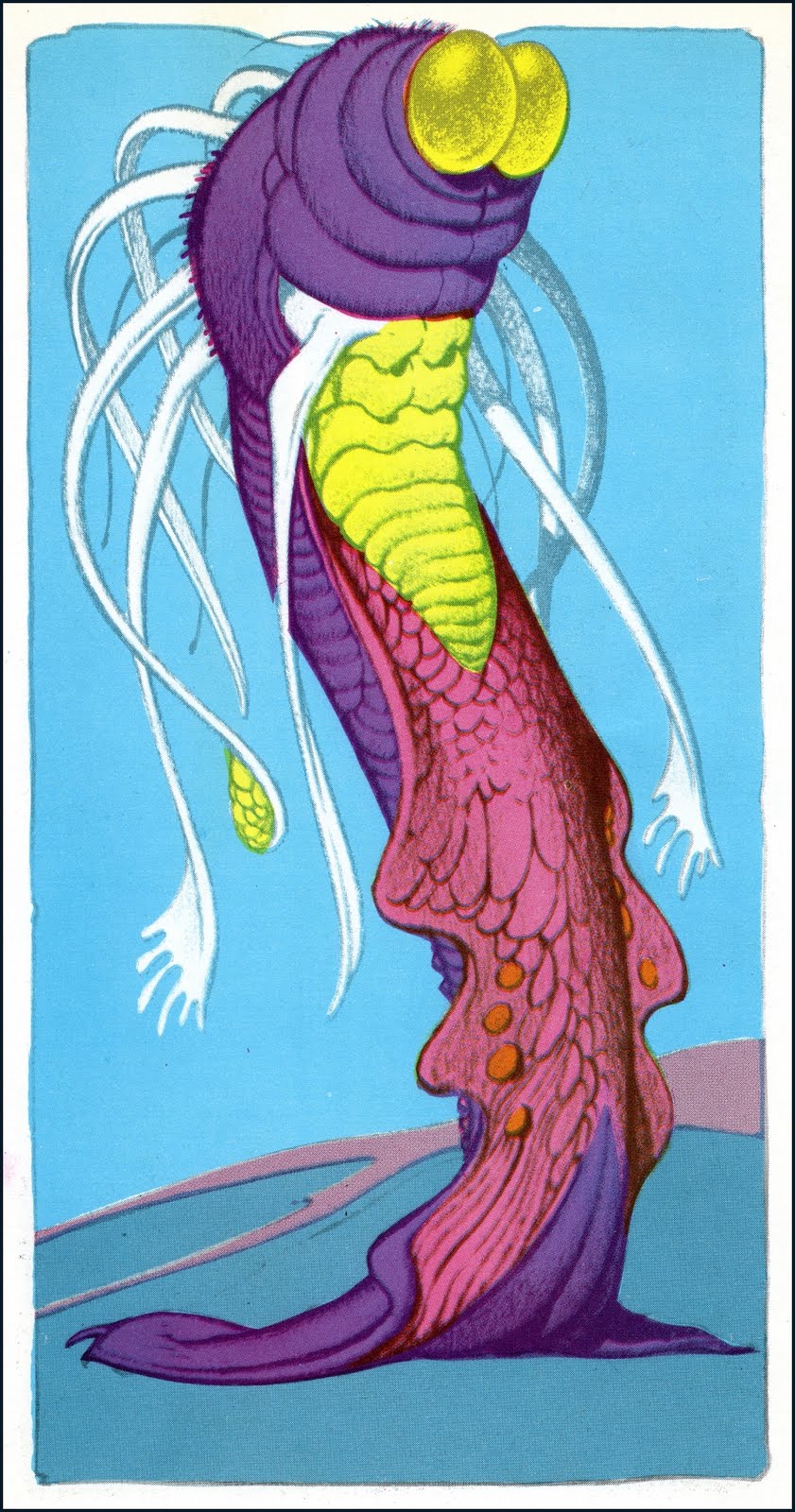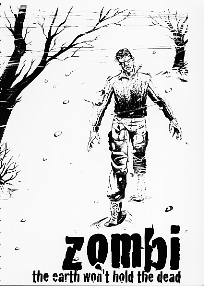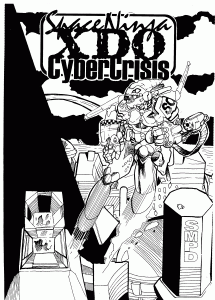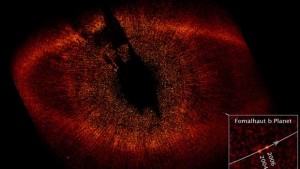Professor Mark Durkin from the University of Ulster suggested:
“For customers, the constant and often simultaneous use of laptop, MP3 player, smart phone and TV, especially by our young people, has serious implications in terms of attention and focus, he says.
“Of note is the fact that such stimulating multi-tasking makes the necessary recovery time needed by the brain for consolidating daily thoughts increasingly absent.
“Time once available for reflection, thought and consideration is being eroded by the constant noise of electronic devices demanding our attention.
…
“In actuality, society has become enslaved by what we still view to be liberating technology.
“What needs to be realised is that the technological capability that purports to enable the ‘social’ in ‘social networking’ simply creates a sleepy virtual environment populated by discrete interactions that are often narcissistic, superficial and ephemeral.
“As a society we are actually connected only in our collective belief that the Internet ‘connects’ us socially”.
In the 1950s, this would have been about rock and roll music.
The article is mainly about how businesses cannot interact using internet-based social marketing in a half-hearted way. And I think h’s inferring that this alone is where the enslavement appears. By the same token we are enslaved by the television (it forces us to turn it on and watch it if we want to see our favoured shows), we are enslaved by the kettle (we are forced to turn it on and wait for it to boil if we want a cup of tea) and we’re enslaved by the very air around us (which we are forced to breathe or else we die). As Professor Durkin is a Professor of Marketing at the University of Ulster and professionals in marketing education are reeling from the effects of the Internet, technology and social networking, it’s not entirely surprising to see this reaction. It’s not possible to just teach the 4 Ps “Marketing Mix” and hope that’s enough to educate tomorrows marketing experts. It fails to take into account the social effects (unless you count individual and mass communications under Promotion).
Personally I find that technology is liberating. Yes, we become complacent about it and maybe dependent to a degree but we can re-learn if the technology is not available. But technology is liberating, it is social and it can cause interactions which were not present before. For example, check this video out.
From single user devices, we find that multi-user devices are better at enabling interactions. Especially at 0:07 when Jacob ditches the Nintendo DS.
Are either of these individuals enslaved or has the technology advanced to the point where they can share an experience.


